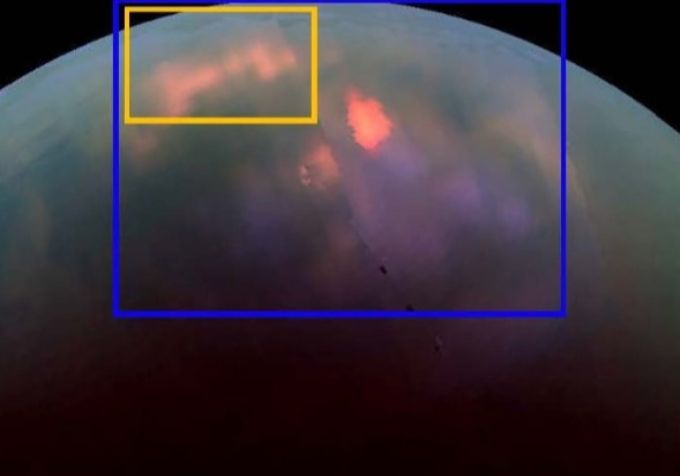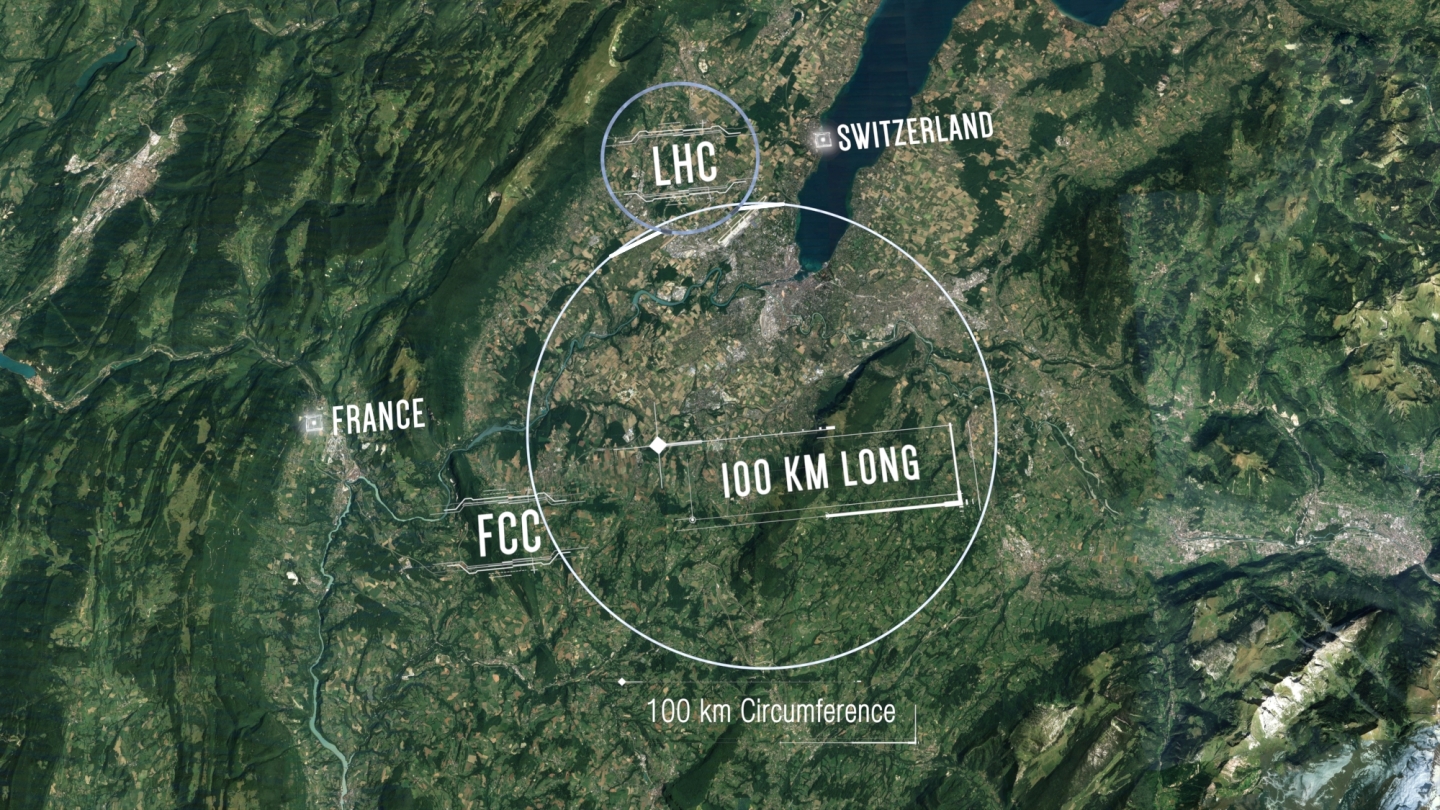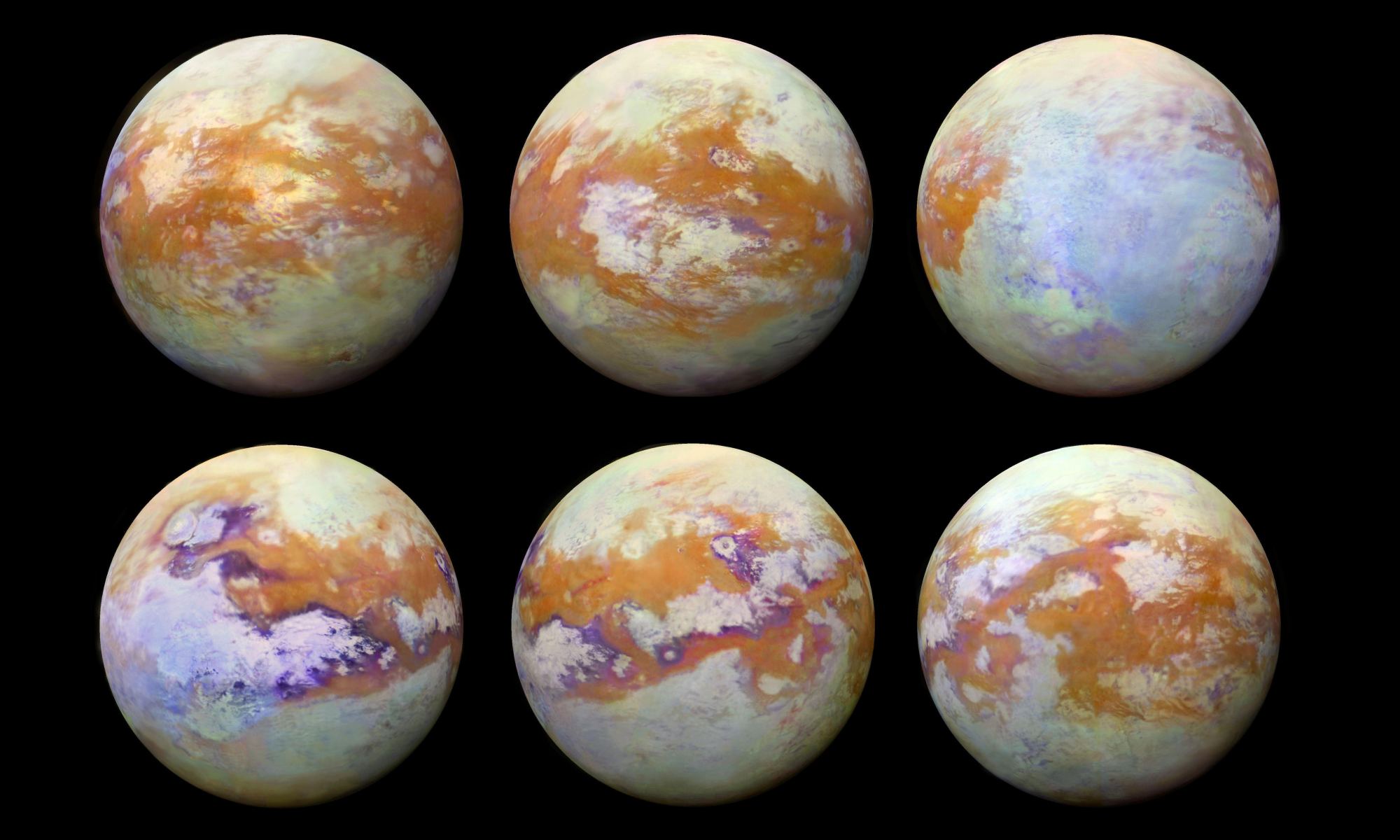In 2018, scientists announced the discovery of a extrasolar planet orbiting Barnard’s star, an M-type (red dwarf) that is just 6 light years away. Using the Radial Velocity method, the research team responsible for the discovery determined that this exoplanet (Barnard’s Star b) was at least 3.2 times as massive as Earth and experienced average surface temperatures of about -170 °C (-274 °F) – making it both a “Super-Earth” and “ice planet”.
Based on these findings, it was a foregone conclusion that Barnard b would be hostile to life as we know it. But according to new study by a team of researchers from Villanova University and the Institute of Space Studies of Catalonia (IEEC), it is possible – assuming the planet has a hot iron/nickel core and experiences enhanced geothermal activity – that this giant iceball of a planet could actually support life.
Continue reading “Geothermal Heating Could Make Life Possible on the Super Earth Planet at Barnard’s Star”








